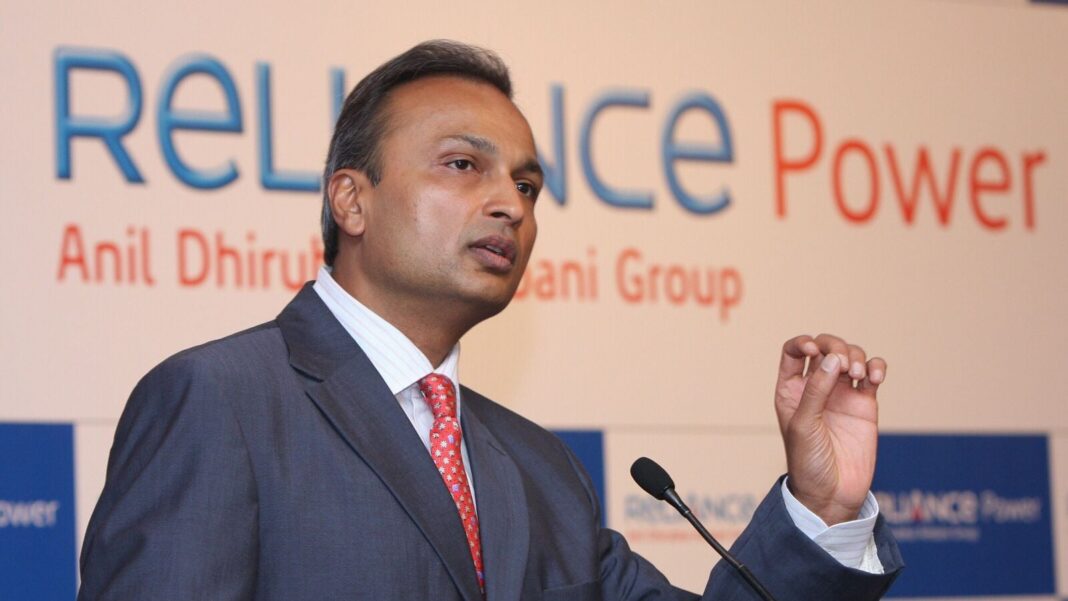Reliance Power shares extended their downward trend on October 7, hitting the 5 percent lower circuit for the third straight session as investors locked in profits. The stock is now trading 11 percent below its 52-week high of ₹53.64, which it reached just last week.
The stock had soared over 60 percent in the past month, driven by strong investor sentiment following the announcement that the Anil Ambani-led company had become debt-free. However, after this impressive rally, investors began booking profits, coinciding with a broader market sell-off.
On September 18, market sentiment toward Reliance Power improved following the announcement that the company had been released from its corporate guarantee, commitments, and all obligations related to the outstanding debt of its subsidiary, Vidarbha Industries Power Limited (VIPL), amounting to ₹3,872.04 crore.
The company announced that it has resolved all disputes with CFM Asset Reconstruction Private Limited (CFM). As part of the agreement, 100% of VIPL’s shares have been pledged to CFM in exchange for the release and discharge of the corporate guarantee previously provided by Reliance Power.
Prior to that, the company won a significant battery storage contract of 500 MW/1000 MWh from the Solar Energy Corporation of India (SECI). This contract establishes Reliance Power as a key player in one of the world’s largest standalone battery energy storage projects.
Reliance Power stock performance
Reliance Power shares are currently trading above their 5-day, 50-day, 100-day, and 200-day moving averages (DMA). With a relative strength index (RSI) of 79, the stock is indicating overbought conditions.
At 1:22 PM, Reliance Power‘s shares hit the 5 percent lower circuit, trading at ₹48.40 on the NSE. Despite this, the stock has surged approximately 102 percent year-to-date, significantly outperforming the Nifty, which has delivered a 15 percent return.
Over the past 12 months, the stock has soared 172 percent, more than doubling investors’ money, while the Nifty has gained around 28 percent during the same period.


